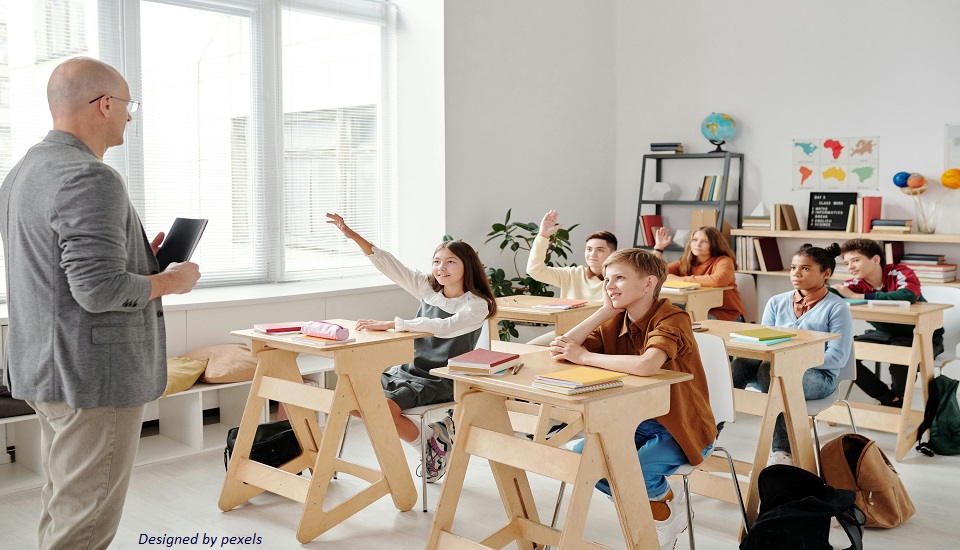Unlocking English Proficiency: Engaging ESL Activities For Various Learning Styles
23rd April 2024

Teaching English as a Second Language (ESL) or a Foreign Language can be a dynamic and enriching experience, but it's essential to modify teaching methods to accommodate the diverse learning styles of students. By incorporating engaging ESL teaching activities that cater to visual, auditory, kinesthetic, and other learning preferences, educators can create an inclusive and effective learning environment.
Let's explore some innovative ESL activities designed to resonate with various learning styles:
1. Pictorial Learners:
- Word Walls: Create visually appealing word walls with key vocabulary words, accompanied by colorful images or symbols. Encourage students to refer to the word wall during activities and discussions to reinforce vocabulary retention.
- Video-based Lessons: Incorporate educational videos, animations, or multimedia presentations to supplement lessons. Visual learners often benefit from visual stimuli that enhance comprehension and engagement.
2. Auditory Learners:
- Audio Recordings: Provide audio recordings of readings, dialogues, or lectures for auditory learners to listen to independently. Encourage active listening and comprehension through follow-up discussions or comprehension questions.
- Listening Stations: Set up listening stations where students can access audio materials, such as podcasts, audiobooks, or language learning apps. Allow students to choose materials that align with their interests and language proficiency levels.
- Role-Play and Dialogue Activities: Engage students in role-play scenarios or dialogue activities that require active listening and oral communication skills. This interactive approach encourages auditory learners to engage with language in context.
3. Kinesthetic Learners:
- Total Physical Response (TPR): Implement TPR activities that involve physical movements corresponding to vocabulary words or commands.
- Hands-on Projects: Assign hands-on projects such as creating visual aids, designing posters, or conducting experiments related to language learning topics. Kinesthetic learners thrive when they can engage with material through tactile experiences.
- Language Games: Integrate language learning games such as charades, Pictionary, or language-themed board games that require physical interaction and movement. These activities make learning English fun and memorable for kinesthetic learners.
Interactive Technology: Incorporate interactive whiteboards, educational apps, or online platforms that combine visual, auditory, and kinesthetic elements. These multimodal tools appeal to diverse learning styles and cater to individual preferences.
Project-based Learning: Implement project-based learning experiences where students collaborate on multimedia projects, presentations, or digital storytelling assignments. This approach allows students to showcase their language skills through diverse mediums.
Sensory Learning Stations: Create different sensory learning stations with hands-on materials, audiovisual resources, and interactive displays that cater to different sensory preferences. Encourage students to explore and engage with the stations at their own pace.
To End With
By embracing a variety of ESL activities that cater to visual, auditory, kinesthetic, and multimodal learning styles, educators can empower students to develop language proficiency while accommodating their individual preferences and strengths. With Online TEFL courses in Saudi Arabia, creating an inclusive and engaging learning environment will become easier that ultimately fosters greater motivation, understanding, and retention among ESL learners.
We believe education should be accessible for everyone. That’s why we don’t charge for our blogs. Find the right course that will help you in your career with us, contact us at - +6621056101. You can mail us at act@asiancollegeofteachers.com.
Written By : Bindita
